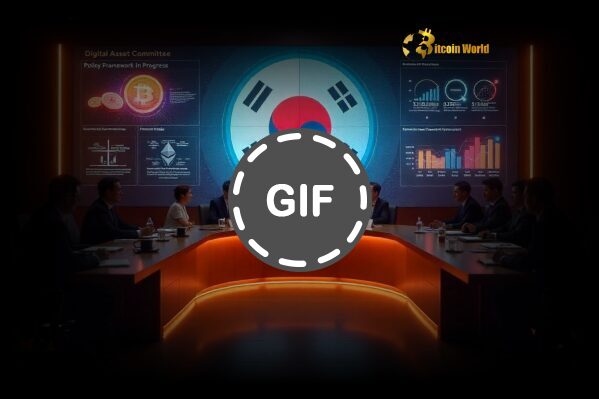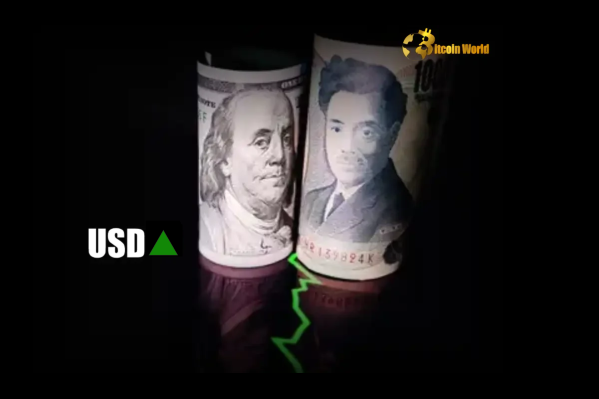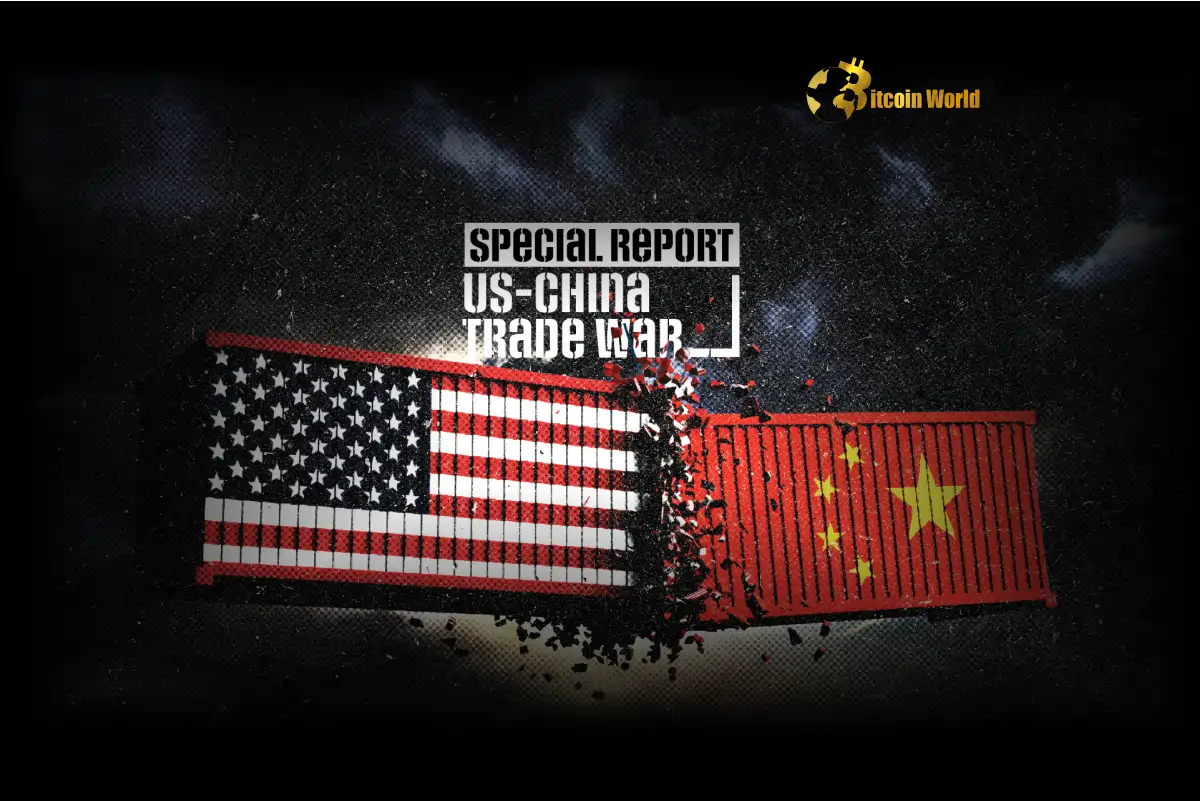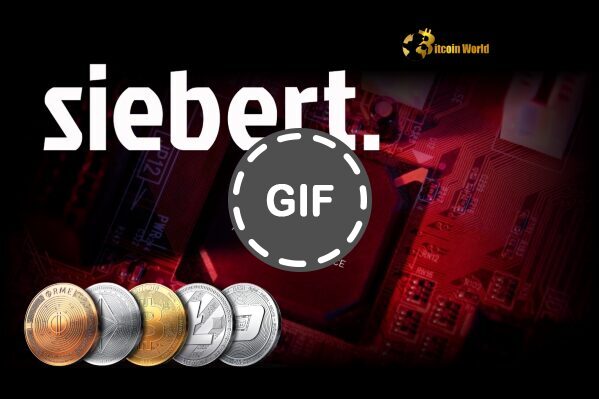BitcoinWorld
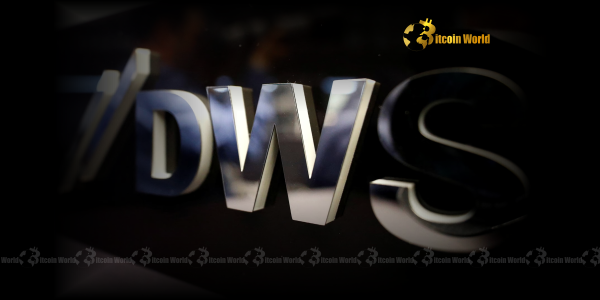
EURAU Stablecoin: Deutsche Bank’s DWS Forges a Monumental Path in Regulated Crypto
The financial world is witnessing an unprecedented convergence of traditional finance (TradFi) and the burgeoning digital asset space. For years, the crypto industry has yearned for greater institutional participation, and now, a significant barrier is being systematically dismantled. Imagine a world where the stability of fiat currency meets the efficiency of blockchain technology, all within a robust regulatory framework. This vision is rapidly becoming a reality with the launch of EURAU, a groundbreaking euro-denominated stablecoin that promises to redefine how institutions interact with digital assets. This isn’t just another crypto project; it’s a strategic collaboration involving some of the biggest names in finance, signaling a monumental shift towards regulated digital currencies.
What’s Behind the EURAU Stablecoin Revolution?
At the heart of this transformative initiative is a powerful joint venture bringing together titans from diverse corners of the financial universe. This alliance includes Deutsche Bank’s asset management arm, Deutsche Bank DWS, a global leader in asset management with trillions under supervision; Galaxy Digital, a prominent digital asset and blockchain investment firm founded by Mike Novogratz; and Flow Traders, a leading global financial technology-enabled liquidity provider. Their collective expertise spans traditional finance, cryptocurrency markets, and high-frequency trading, creating a formidable team poised to make a significant impact.
This powerhouse trio has successfully secured an e-money institution (EMI) license from Germany’s Federal Financial Supervisory Authority (BaFin), a critical milestone that allows them to issue EURAU. This isn’t just about launching a new digital token; it’s about establishing Germany’s first regulated euro-denominated stablecoin, setting a precedent for digital asset innovation within a stringent regulatory environment. The implications for institutional adoption of digital assets, particularly stablecoins, are profound.
Key Players in the EURAU Venture:
- Deutsche Bank DWS: As one of the world’s leading asset managers, DWS brings unparalleled institutional credibility, a vast network of clients, and deep understanding of regulatory compliance and traditional financial products. Their involvement underscores a growing recognition within established financial institutions of the strategic importance of digital assets.
- Galaxy Digital: A pure-play digital asset firm, Galaxy Digital provides the crypto-native expertise essential for navigating the complexities of blockchain technology, digital asset markets, and decentralized finance (DeFi). Their insights into the crypto ecosystem are invaluable for building a robust and relevant stablecoin.
- Flow Traders: Known for its expertise in providing liquidity across various asset classes, Flow Traders’ participation ensures that EURAU will have strong market depth and efficient trading mechanisms. Their role is crucial for maintaining the stablecoin’s peg and facilitating seamless transactions for institutional clients.
Unpacking the MiCA Regulation: A Game-Changer for Digital Assets?
One of the most compelling aspects of EURAU is its issuance under the European Union’s landmark MiCA regulation (Markets in Crypto Assets). MiCA is a comprehensive regulatory framework designed to provide legal certainty for crypto-assets not covered by existing financial services legislation. It aims to protect consumers, ensure market integrity, and foster innovation within the EU’s digital asset landscape. For the first time, a unified set of rules will govern crypto-asset issuers and service providers across all 27 EU member states, eliminating the patchwork of national regulations that previously created uncertainty.
Why MiCA is Pivotal for EURAU and Beyond:
- Regulatory Clarity: MiCA provides a clear legal framework for stablecoins, categorizing them as ‘e-money tokens’ or ‘asset-referenced tokens’ and imposing specific requirements on issuers regarding authorization, governance, and reserve management. This clarity is precisely what institutional investors have been demanding.
- Investor Protection: The regulation mandates stringent disclosure requirements, including whitepapers, and imposes operational and organizational requirements on crypto-asset service providers, enhancing investor protection and market integrity.
- Market Harmonization: By creating a single market for crypto-assets across the EU, MiCA reduces regulatory arbitrage and fosters a more competitive and innovative environment. This standardization makes it easier for projects like EURAU to operate across borders within the EU.
- Fostering Innovation: While strict, MiCA aims to provide a secure environment that encourages responsible innovation in the digital asset space, rather than stifling it. EURAU is a prime example of an innovative product designed to thrive within this regulated ecosystem.
The fact that EURAU is explicitly designed to comply with MiCA from day one provides it with an unparalleled advantage. It means the stablecoin is built on a foundation of trust and compliance, addressing the primary concerns that have kept many traditional financial institutions on the sidelines of the crypto market.
Why Institutional Investors Are Eyeing EURAU: Benefits and Transparency
For institutional investors, the value proposition of EURAU extends far beyond just being a digital representation of the euro. Its design principles directly address the core requirements for large-scale adoption: security, transparency, and regulatory compliance. The EURAU stablecoin is engineered to be fully collateralized, meaning that every EURAU token in circulation will be backed by an equivalent amount of high-quality, liquid assets held in segregated accounts. This ‘1:1’ backing is fundamental to maintaining its peg to the euro and instilling confidence.
Unlocking Institutional Advantages with EURAU:
- Institutional-Grade Transparency: EURAU will provide unprecedented transparency through regular proof-of-reserves and comprehensive regulatory reporting. This goes beyond typical stablecoin audits, aligning with the rigorous standards expected by traditional financial institutions.
- Regulatory Certainty: Operating under a BaFin EMI license and MiCA framework eliminates the regulatory ambiguity that has plagued many crypto assets. This certainty is crucial for risk management and compliance departments within banks, asset managers, and corporations.
- Enhanced Liquidity: With Flow Traders as a key partner, EURAU is poised to offer deep liquidity, ensuring that large-volume transactions can be executed efficiently with minimal price impact. This is vital for institutional trading and treasury management.
- Efficient Cross-Border Payments: Stablecoins offer a more efficient, faster, and cheaper alternative to traditional correspondent banking for international transactions. EURAU can facilitate seamless euro-denominated payments globally, reducing settlement times and costs.
- On-Ramp/Off-Ramp for DeFi: For institutions looking to explore decentralized finance (DeFi) opportunities, a regulated stablecoin like EURAU provides a secure and compliant gateway, bridging the gap between traditional finance and the decentralized ecosystem.
- Treasury Management & Hedging: Corporations with euro-denominated liabilities or revenues can utilize EURAU for digital treasury management, hedging foreign exchange exposure, or facilitating internal transfers with greater efficiency.
This move by Deutsche Bank DWS, Galaxy, and Flow Traders isn’t merely about launching a product; it’s about building the foundational infrastructure for the future of institutional digital finance. It paves the way for a wide array of new financial products and services that leverage blockchain technology while adhering to the highest standards of regulatory oversight.
The Strategic Vision of Deutsche Bank DWS and Its Partners
The decision by Deutsche Bank DWS to actively participate in the digital asset space through this joint venture reflects a broader strategic imperative within traditional finance: to adapt and innovate in response to evolving market demands. DWS’s involvement signifies a commitment to exploring the potential of blockchain technology to enhance efficiency, reduce costs, and create new investment opportunities for its clients. They are not just dipping their toes; they are making a significant commitment to regulated digital assets.
Galaxy Digital‘s role in this partnership is equally strategic. As a native crypto firm, Galaxy brings invaluable insights into the intricacies of the blockchain ecosystem, from smart contract development to market dynamics and security protocols. Their expertise ensures that EURAU is not just compliant but also technologically robust and aligned with the best practices of the digital asset world. This collaboration highlights the growing trend of traditional financial giants partnering with crypto-native firms to bridge the knowledge gap and accelerate adoption.
And then there’s Flow Traders, whose prowess in market making and liquidity provision is indispensable. In any financial market, liquidity is king. For a stablecoin, maintaining its peg and ensuring efficient trading requires constant liquidity provision. Flow Traders’ involvement guarantees that EURAU will be a highly liquid asset, making it attractive for institutional traders who require seamless entry and exit points for their positions. Their presence also lends significant credibility to the operational robustness of the EURAU ecosystem.
This joint venture represents a calculated move to capture a significant share of the nascent but rapidly growing regulated stablecoin market. By combining their strengths, these entities are creating a product that addresses the critical needs of institutional investors, offering them a compliant, transparent, and liquid euro-denominated digital asset.
Navigating the Future: Challenges and Opportunities for Regulated Stablecoins
While the launch of EURAU under the MiCA framework is a significant leap forward, the journey for regulated stablecoins is not without its challenges. The competitive landscape is intensifying, with various entities, both traditional and crypto-native, vying for dominance in the digital currency space. Scalability, ensuring the underlying blockchain infrastructure can handle institutional transaction volumes, will be a continuous focus. Furthermore, achieving widespread adoption beyond early institutional adopters will require ongoing education and integration with existing financial systems.
Potential Challenges:
- Competition: The stablecoin market is becoming crowded, with other euro-denominated stablecoins potentially emerging, some from other major financial institutions.
- Technological Evolution: The underlying blockchain technology continues to evolve rapidly, requiring constant adaptation and updates to ensure EURAU remains at the forefront.
- Regulatory Evolution: While MiCA provides a framework, global regulatory landscapes are still developing. Cross-border interoperability and adherence to varying international standards will be an ongoing task.
- Integration Complexity: Integrating a new digital asset into complex legacy financial systems can be challenging, requiring significant technological and operational investments from potential users.
Vast Opportunities:
- New Financial Products: EURAU can serve as a building block for innovative financial products, including tokenized bonds, digital securities, and sophisticated DeFi applications tailored for institutions.
- Global Payment Infrastructure: It has the potential to become a cornerstone of a new, more efficient global payment infrastructure, significantly reducing the friction and cost associated with international transfers.
- Bridging TradFi and DeFi: By offering a compliant gateway, EURAU can accelerate the convergence of traditional finance and decentralized finance, unlocking new avenues for capital deployment and yield generation.
- Increased Market Liquidity: A highly liquid, regulated euro stablecoin can enhance overall liquidity in the digital asset ecosystem, making it more attractive for larger capital inflows.
The success of EURAU will largely depend on its ability to demonstrate real-world utility, maintain its regulatory compliance, and consistently deliver on its promise of transparency and stability. The combined might of Deutsche Bank DWS, Galaxy Digital, and Flow Traders certainly gives it a strong starting position.
Conclusion: A New Era for Digital Finance
The launch of EURAU is more than just a new digital token; it represents a pivotal moment in the evolution of digital finance. It signifies a clear embrace of regulated digital assets by some of the most influential players in the financial world. With the backing of Deutsche Bank DWS, the crypto expertise of Galaxy Digital, and the market-making prowess of Flow Traders, coupled with the robust framework of MiCA regulation, EURAU is poised to become a cornerstone of the institutional digital asset landscape. This initiative sets a powerful precedent, demonstrating that innovation and regulation can coexist, paving the way for a more secure, transparent, and efficient future for finance. The journey towards a fully digital financial ecosystem is accelerating, and EURAU is a testament to the exciting possibilities that lie ahead.
To learn more about the latest crypto market trends, explore our article on key developments shaping institutional adoption in the digital asset space.
This post EURAU Stablecoin: Deutsche Bank’s DWS Forges a Monumental Path in Regulated Crypto first appeared on BitcoinWorld and is written by Editorial Team


